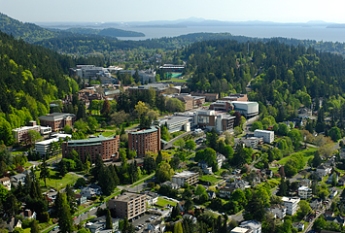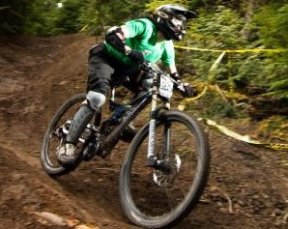I do not even know when I made my last entry! Apparently, desert racing was still the biggest thing in my life! Well, I’m glad to say that I’ve gone on to bigger and better things. Here’s a few of them:
1) My first official milestone of my life: I made it into a university to continue my dream of becoming an engineer! I finished my basic engineering, chemistry, calculus, computer programming, and prerequisite classes at North Seattle Community College. After that, I moved up to Bellingham to attend Western Washington University. I attended Whatcom Community College to get my AA direct-transfer degree and really enjoyed that experience. I finally have a chance to study something that answers all the questions I had when I was involved with desert racing.
2) My second milestone happened within a few months of the first one! I had NEVER thought about doing stand-up comedy until maybe July or August of 2012. Within a month or two, I was doing my first show in front of over 400 people. I had joined the Stand Up Comedy Klub (S.U.C.K.) on campus and continue to perform at our monthly shows. I’m hoping to be doing shows at Ryan Stile’s Upfront Theater in town. I’d like to be able to do shows in Vancouver and Seattle by summer. I definitely have more than enough material and just have to create a portfolio of videos.
I’ll just come out and say it: I hate a lot of stand-up comedy. It bores me or makes me cringe. I was never the class clown, I never made jokes, and I never dreamed of performing in front of people. Ever. All of a sudden, it was ALL that I could think of. I’m not going to tell you my style, but I’ll give you a hint: During my first show, I did the following:
- I tore my clothes off to reveal tight, shiny, leather pants to make fun of 80s metal.
- I yelled like a mad man about guys who are proud to not do a certain sexual act for their girlfriends.
- I hired 2 girls who come on stage and lick oversized, hub-cap shaped lollipops as I displayed a clear difference between men and women. I swear, I’m not a sexist.
All this.. in 6 minutes.
3) I quit downhill mountain bike racing after I got injured and couldn’t walk for a month. I started racing again with a real downhill bike (’08 DHR, then Canfield, then V10.3, then V10.4). I quit, again. This past summer, I discovered Stevens Pass’s black diamond run and decided to race again.
4) I’m more healthy than I’ve ever been.
- I finally started losing weight… a lot of weight.. inadvertently when I started school this past fall. I decided to make an experiment out of it and see if I can cut weight to below 130lb by New Years. I started this quarter at 154lbs.
- I haven’t been running as much as I’d like to, but I was at 4-5 days a week during summer.
- I eat a mostly-vegetarian diet (inadvertently). I simply don’t buy what I don’t want to eat, and buy leafy greens, frozen berries, and bananas to make smoothies. For protein, I cook up eggs when I feel like it. Don’t worry, I eat the bad stuff on the weekends with friends.
5) I have 2 new cats to replace Sherman and Mouse. The first one was from a local shelter when I still lived in Seattle. He’s a male tabby and is very troublesome, but affectionate. The baby is a Scottish Fold that I got when visiting L.A.
Future:
- I’d like to go back to MMA training before Winter quarter starts.
- I’d like to get ready for the 2013 DH racing season.
- I’d like to build up my “Marlboro Racing” 29er DH bike for this upcoming season. It has just been powdercoated by Devin Lenz and will be shipped soon.
- I’d like to build up my video collection of my comedy shows to send to bigger venues.
- I’d like to bring my running mileage up.
- I’d like to focus more on studying.
- I’d like to start a depression/anxiety support group on WWU’s campus. It’s a pain in the ass to do and I’ll explain that another day.
Currently, my favorite songs are The Cult’s Zap City demo and various Britny Fox stuff. I welcome 2013 and look forward to working my ass off.












































































